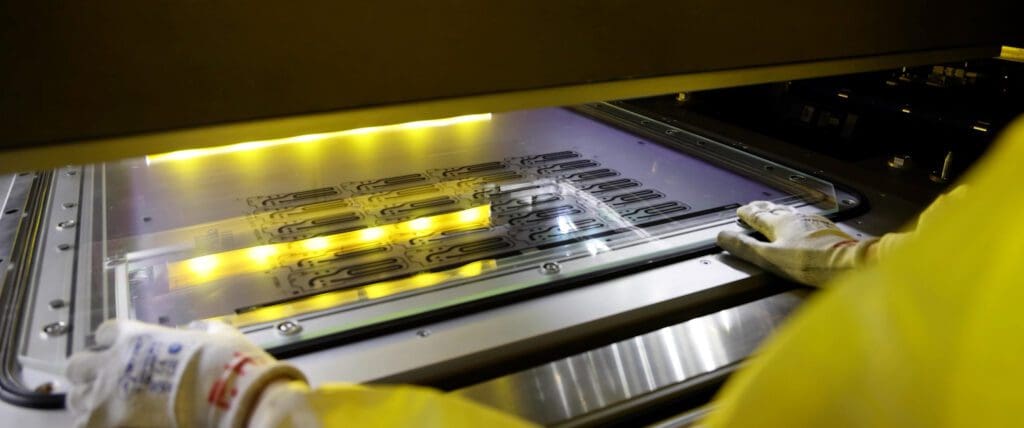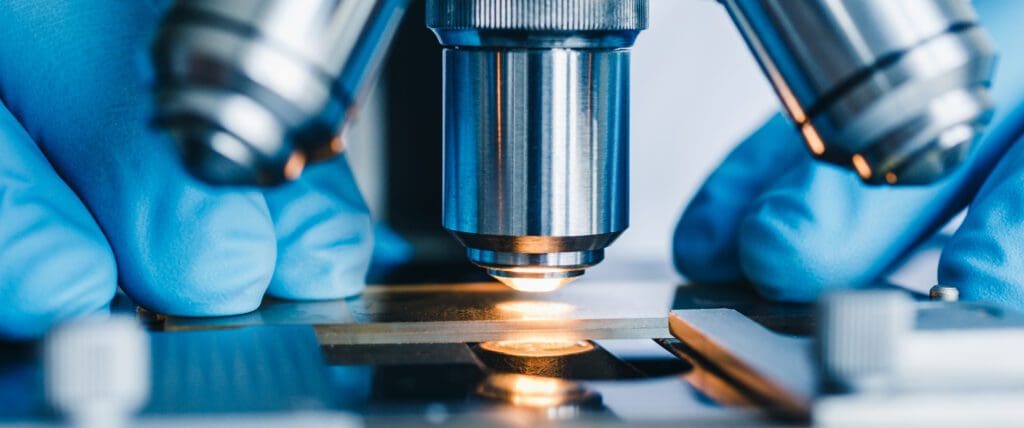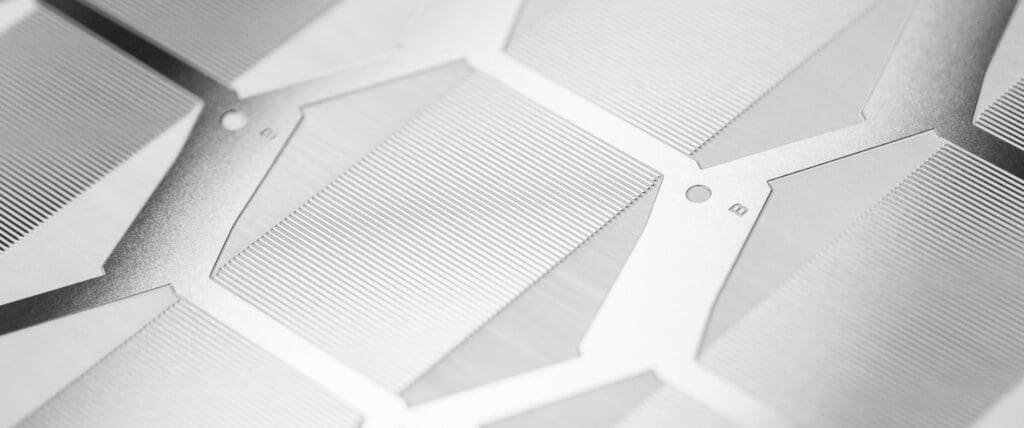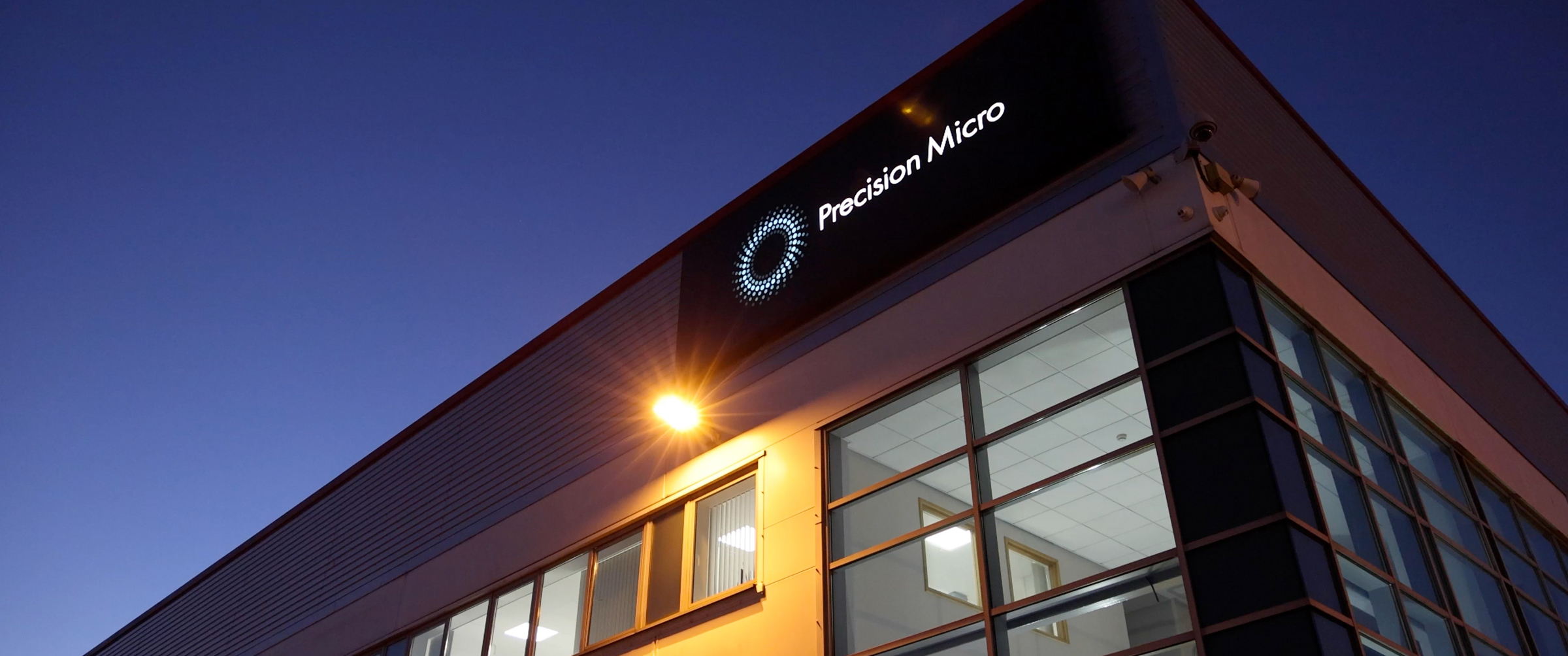The issue with burring

Almost every industry requires precision components. In the electronics industry, for instance, the sustained increase in demand for products is constantly driving down prices and increasing the requirement for efficiencies, whereas in sectors such as automotive and aerospace, heightened safety and performance criteria are driving needs for enhanced quality.
To meet these demands, precision components are a necessity, giving manufacturers the confidence that every part can perform as required and meet stringent, industry-specific standards.
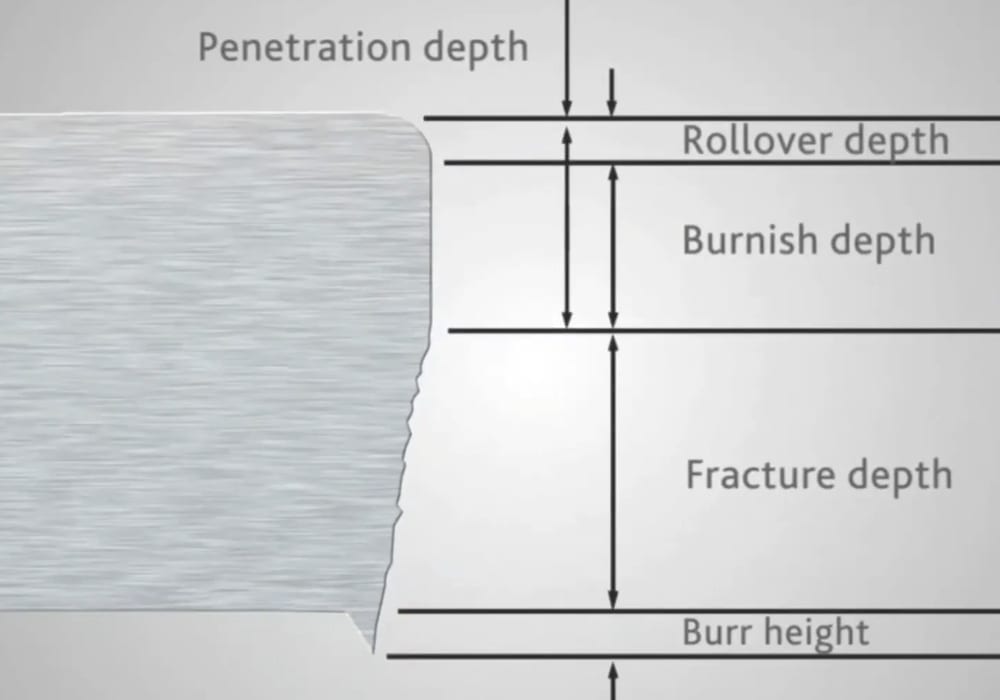
While traditional methods of metal machining have long been able to machine components in fine detail, they haven’t been without their drawbacks – which often add additional time and cost to the production process.
Having the potential to compromise the accuracy and dimensions of even the most precision-engineered material components, burred edges can have a significant impact on the performance of a component.
What is a burr?
In metal manufacturing, a burr is a rough edge or ridge that has formed on a piece of metal due to it being cut in a certain way – often using traditional methods.
Burring is a common, inescapable drawback of these methods, caused through either heat generation or physical impact. As traditional machining methods have been broadly used, burring has been accepted as part and parcel of the process.
Burring is a common, inescapable drawback of these methods, caused through either heat generation or physical impact. As traditional machining methods have been broadly used, burring has been accepted as part and parcel of the process.
As a result, additional post-machining methods such as linishing and barrelling have been incorporated into the overall production process to minimise the presence of burring.
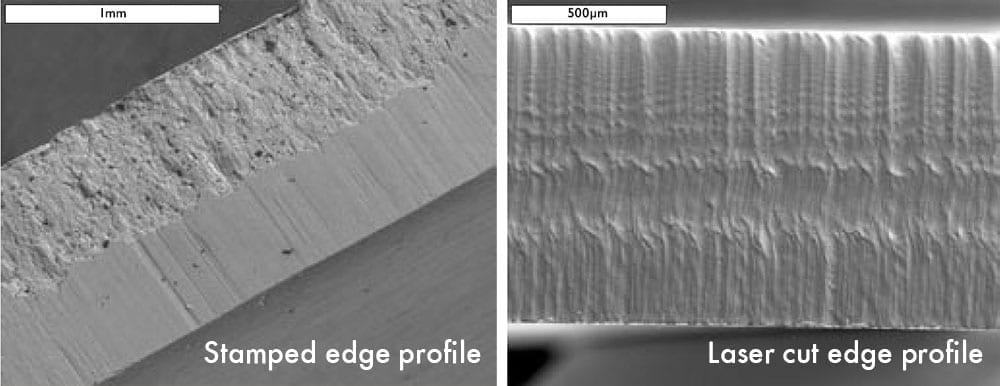
Having the potential to compromise the accuracy and dimensions of even the most precision-engineered material components, burred edges can have a significant impact on the performance of a component.
As these components become increasingly relied upon to perform reliably in critical applications across almost every industry, they need to be precisely crafted and configured.
This requirement leaves no room for compromise and, therefore, no room for burring. Capable of producing burr-free parts, photochemical etching is a viable alternative to the traditional methods of stamping and laser cutting.
Eliminating burring through photochemical etching
To understand how the photochemical etching process effectively eliminates the possibility of burring, it is important to understand the fundamentals of each metal cutting process.
If we think about laser cutting, the use of high levels of energy generates lots of heat which, as we know, causes burring. Likewise, the process of stamping, where force is used to cut metal, creates burring through physical impact.
Because the process of photochemical etching requires zero heat or force, there is no opportunity for stress or deformation of metal components – and no possibility of creating burred edges.
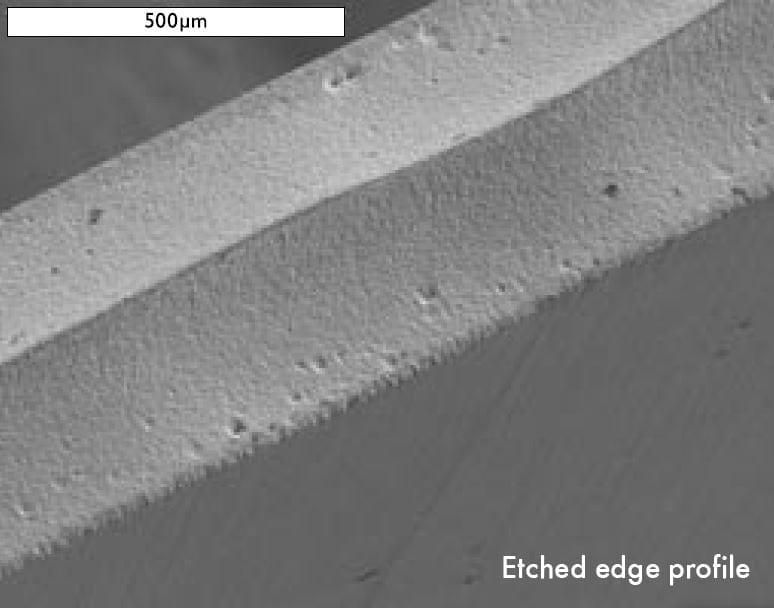
Instead, the use of chemicals means the physical properties of the material remain unchanged, leaving their characteristics intact so that the final component meets precise specifications.
Uncompromising quality and performance
When traditional machining methods have been used for decades, it’s easy to question why alternative production techniques are required at all. But, as the demands of individual components are getting ever-more stringent, and global competition is becoming increasingly fierce, only parts of the highest quality, which can remain 100% true to specification, will do. After all, precision etched components are required in all sorts of applications – from safety-critical ABS braking systems through to corrosion-resistant microfilters.
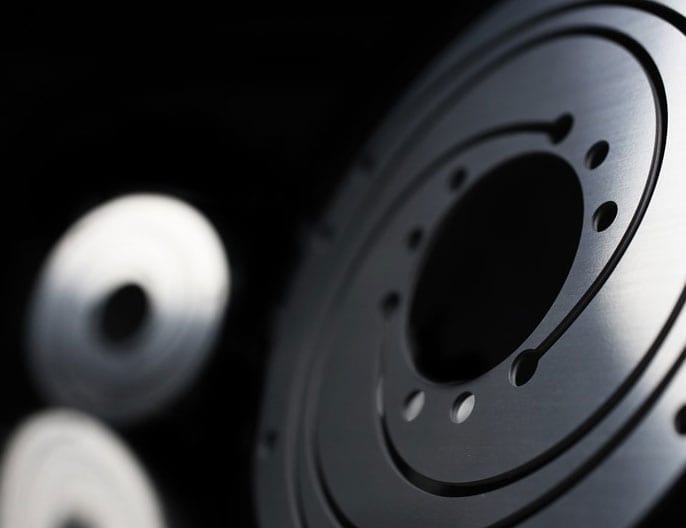
Besides the uncompromising quality of outcomes from photochemical etching, there are a series of additional benefits from the process itself.
Low-cost tooling and set-up — fast
Tooling and set-up costs are extremely low compared to traditional methods, facilitating the turnaround of pieces in very short timescales. Capable of producing parts to the same exacting quality every time, components can be produced at various volumes and at short notice, with revisions to design also being simple and inexpensive to implement.
Complexity without costs
As components are required to be more complex for modern applications, photochemical etching also makes this possible with the production of parts which would not be feasible through traditional methods.
Conclusion
In essence, photochemical etching enables the creation of highly complex components quickly and consistently, while maximising value for money by reducing set-up time and tooling costs. This makes it possible to reduce lead times and enhance competitiveness at a time when it matters most.
Chemical Etching Whitepaper
Learn how chemical etching can overcome the limitations of traditional sheet metal machining technologies.
Download